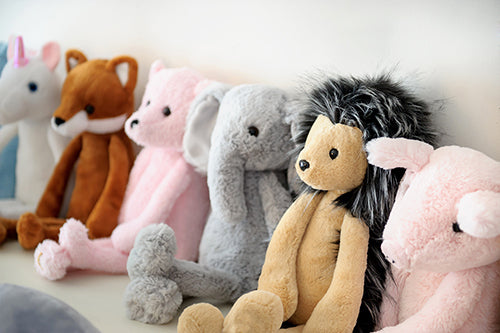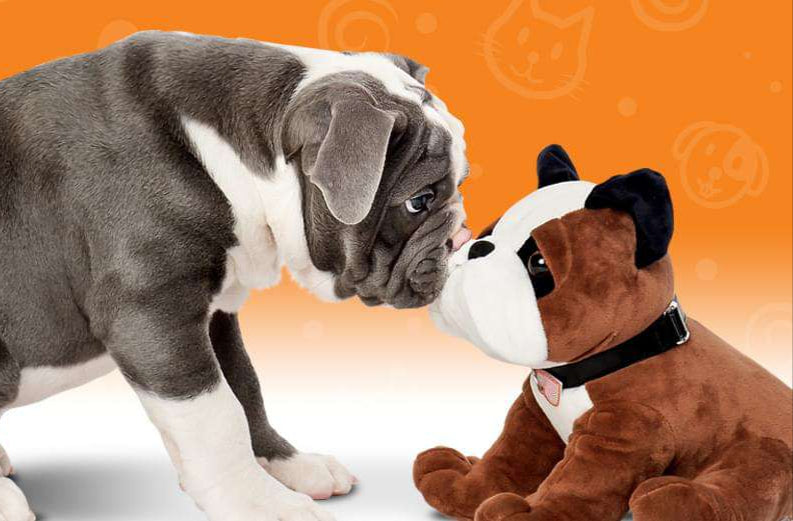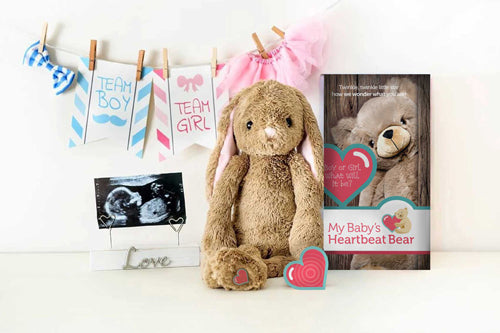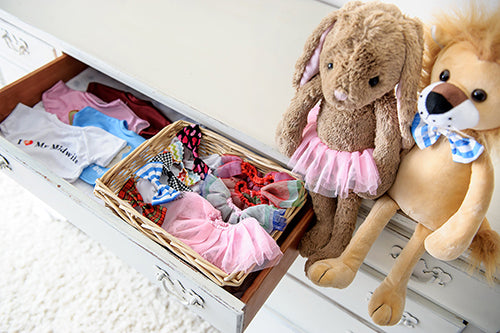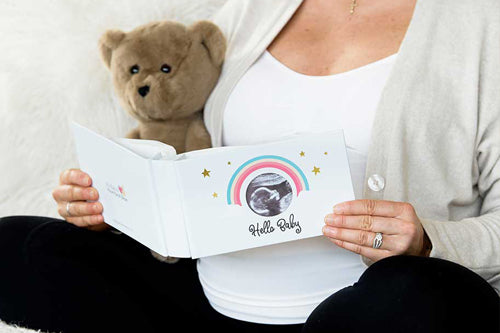Baby Cradle Cap: Causes and Natural Cures
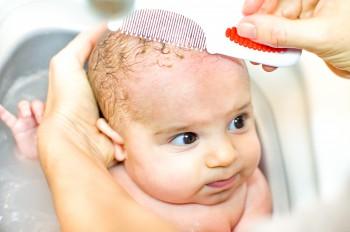
Cradle cap is likely caused by the overproduction of the oil glands in the skin of the scalp. It mostly appears in first three months of new born baby. It not only attacks sensitive scalp of the baby, but also eyebrows, eyelids, and area around ears. The glands produce an oily substance called sebum, which cakes on the skin. The good news is that while it may be unsightly, it's usually not irritating or bothersome to babies. This is the most common form of cradle cap. Symptoms Include:
- Greasy patches
- Yellowish or whitish scales
- Thick and crusty flakes
- Red and irritating skin
- Patchy skin flakes (dandruff)
- Infants may undergo hair loss
If your baby is also showing signs of dry skin patches elsewhere on the body, it may all be related to eczema. This is a little trickier to handle than just your standard cradle cap. Some doctors will rule out eczema, but don’t be fooled; that doesn’t mean it is nothing. Eczema and other forms of dry skin patches are typically related to a food allergy or sensitivity. What does that mean? It means that even if your child tests negative for allergies, a food (or foods) can still be effecting the gut causing issues that are effecting the skin. If the skin is effected, the gut is affected. The most common allergies and sensitivities are gluten and dairy, as both inflame the gut and are filled with chemicals, hard to digest proteins, etc. If you are formula feeding, the formula is probably to blame.
If you are breastfeeding, a food that you are consuming may be triggering the problem. Eliminating the harmful foods may take up to one month before final results are experienced. It takes two weeks for the foods to completely leave the mother’s system, and another two weeks to leave baby’s.
Cradle cap is neither allergic nor bacterial infection, but can be considered as an inflammatory condition (Which is why inflammatory foods could be the trigger). Cradle cap is a fungal infection that can be caused by the following:
- Hormones passed from mother to baby
- Antibiotics given to mother before the birth of the baby.
- Antifungal treatments
- Overstimulation of oil glands of baby
- Extreme weather
- Certain baby lotions, which include alcohol or other chemicals
- Irregular skin cleaning
- Oily skin
- Skin disorders
- Food allergies
- Growth of yeast in the digestive tract
Natural Cradle Cap Remedies
If it is truly just cradle cap, the following will work without the dried skin reappearing. If the problem becomes a battle you are fighting, I would seriously advise that you start digging deeper into the food probability. So many people will tell you to grab the baby oil first, but please leave it on the store shelf. Baby oil is a mineral oil, which is a petroleum byproduct. Yes, petroleum, as in, where your car’s gasoline comes from. Mineral oils may be contaminated with polycyclic aromatic hydrocarbons (PAHs), which are known carcinogens (cancer-causing). These oils also cause skin to age prematurely, and have been linked to hormonal disruptions and immune system damage.
Natural Oils
Many natural, plant-based oils can work wonders on your baby’s cradle cap. Try massaging coconut, olive, almond, or grapeseed oil onto your child’s scalp, then gently scrape away the flakes. The oils will help loosen the flakes so that they are easily removed, as well as moisturize your baby’s skin. Almond oil is safe for treating cradle cap. Due to its light texture, almond oil penetrates into the skin quickly. When massaged directly into the scalp, it can help soften the scales and make it easier to rinse them out after shampooing.- Combine almond oil and tea tree oil in a ratio of 10:1 and stir it well.
- Apply it on your baby’s head.
- Leave it on for 15 minutes.
- Remove the oily flakes gently with a soft baby brush.
- Use a baby shampoo to wash your baby’s hair.
- Repeat daily or every other day to get rid of cradle cap.
- Put a small amount of organic, solid coconut oil in the palm of your hand.
- Rub the oil in your palm until it becomes liquid form.
- Gently massage this liquid oil into the scalp or affected areas.
- Leave it on for 20 minutes and then rinse it off with warm water.
- Use a soft brush to gently remove the loose flakes.
- Do this once daily until you are satisfied with the result.
- Slightly warm a small amount of olive oil.
- Gently massage the oil into your baby’s scalp at bedtime.
- Leave it on overnight.
- The next morning, use a soft baby brush or cloth to gently remove any loose particles.
- Wash your baby’s hair with baby shampoo and warm water.
- Repeat daily or every other day, depending upon the severity of the condition.
Calendula
Calendula is a plant that has anti-inflammatory and antiseptic properties, both of which will help ease your child’s cradle cap symptoms. Look for calendula cream – it will contain the healing properties of the calendula, in an easy-to-apply, moisturizing cream.Vinegar Blend
Blend one part apple cider vinegar with two parts water, and gently massage it onto your baby’s problem areas, prior to bath time. Let it sit for about 10 minutes, then rinse off in the bath. The vinegar will help prevent buildup of dead skin, which is what makes up the flakes/scales on your baby’s scalp.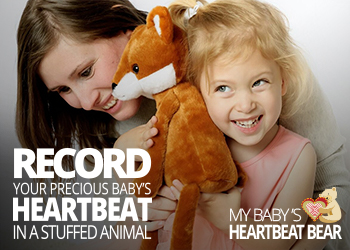 https://www.mybabysheartbeatbear.com/pages/become-a-wholesaler
https://www.mybabysheartbeatbear.com/pages/become-a-wholesalerFeatured Articles
5 New Year's Desserts to Make With Kids




